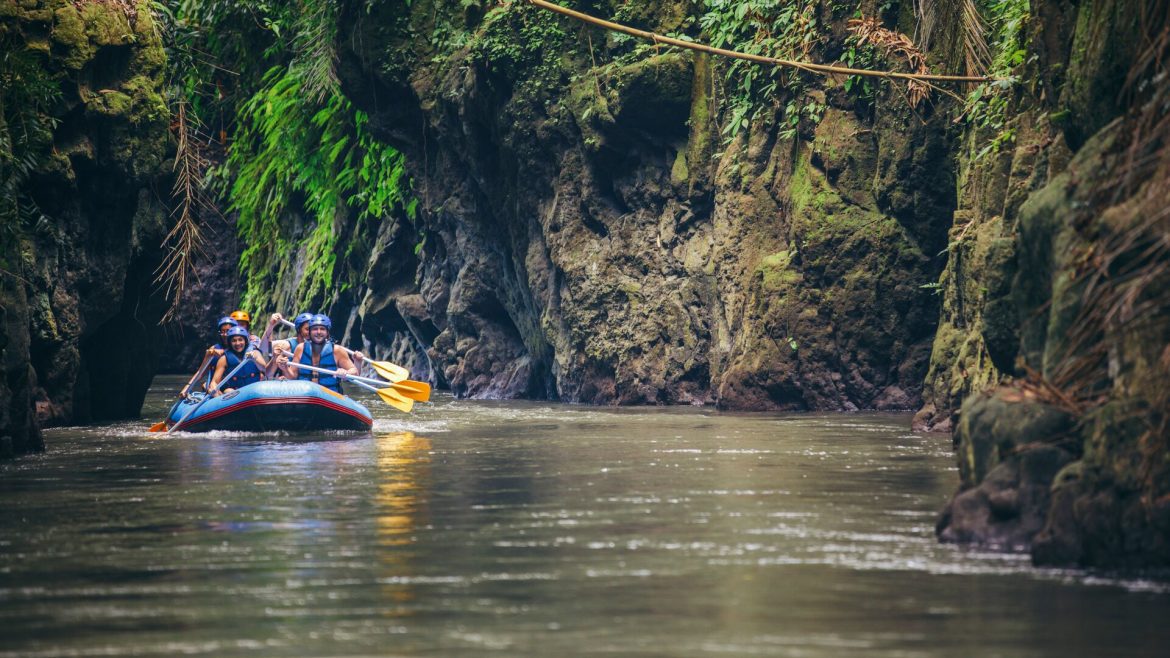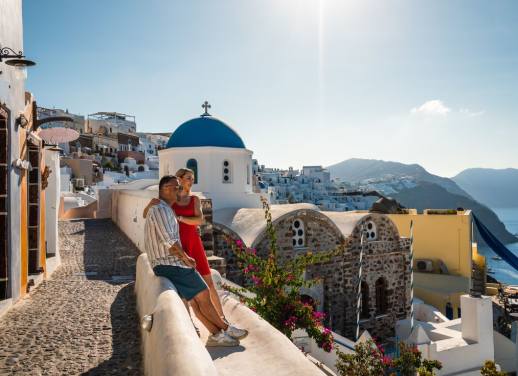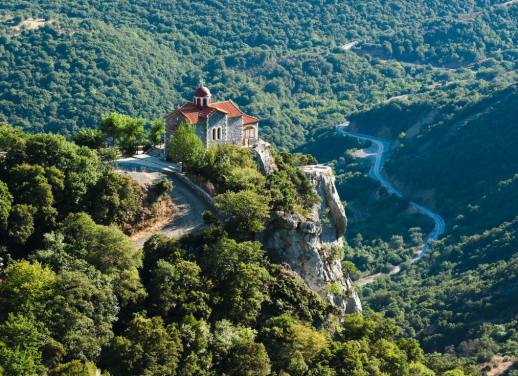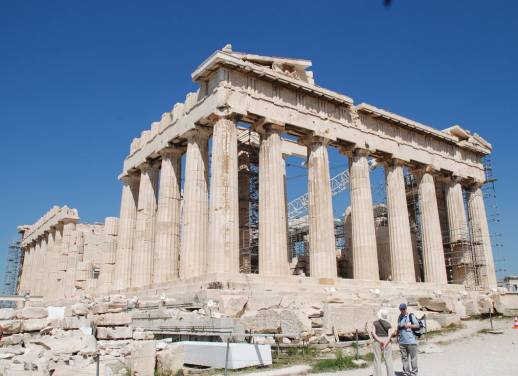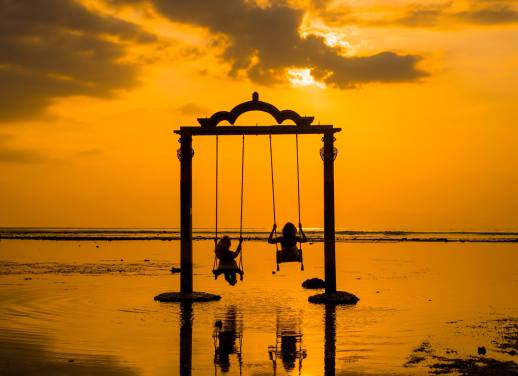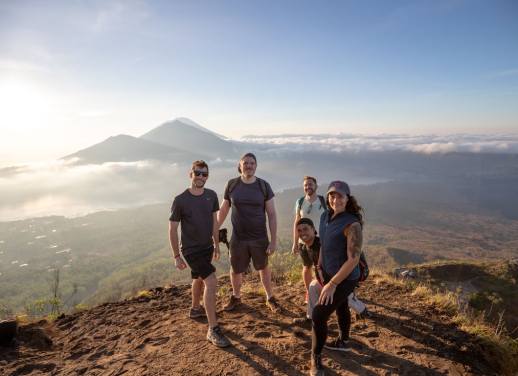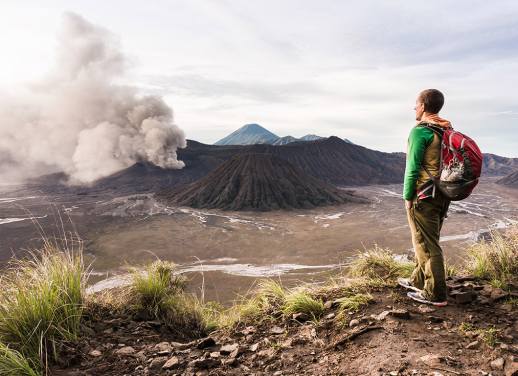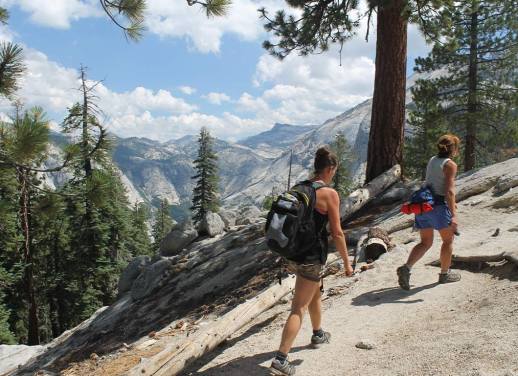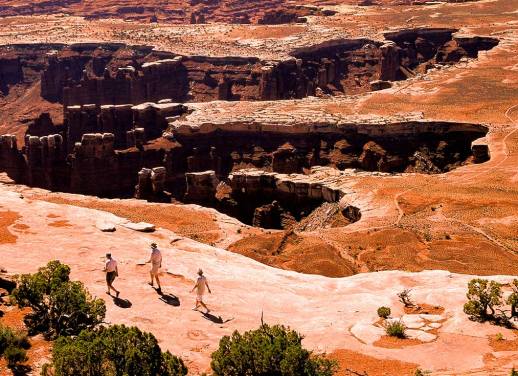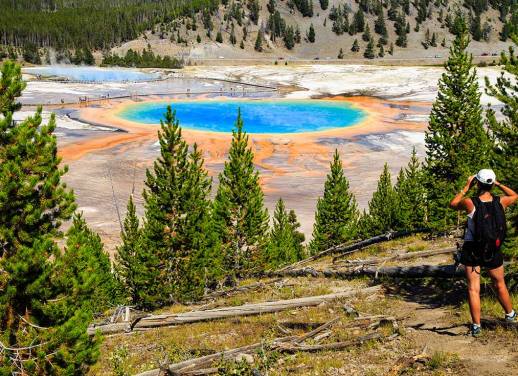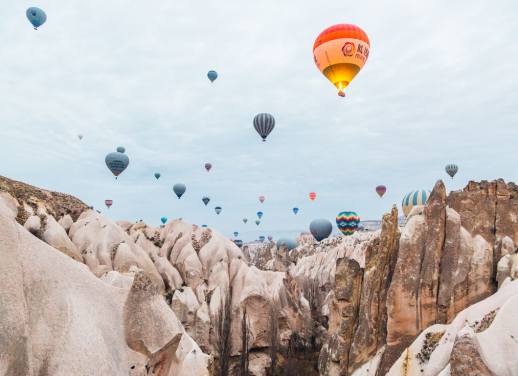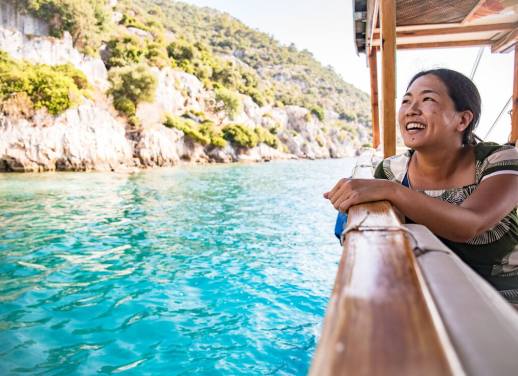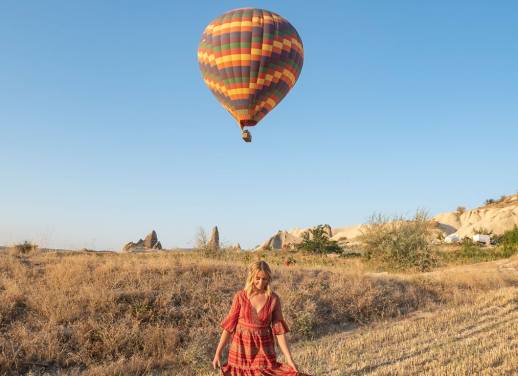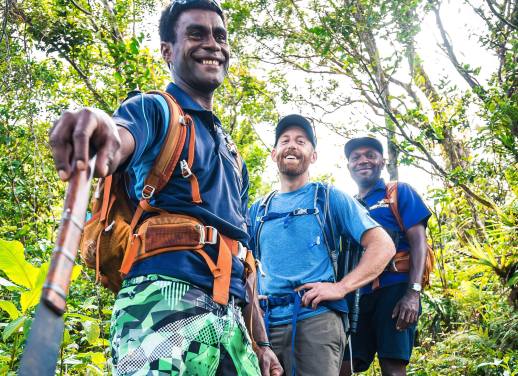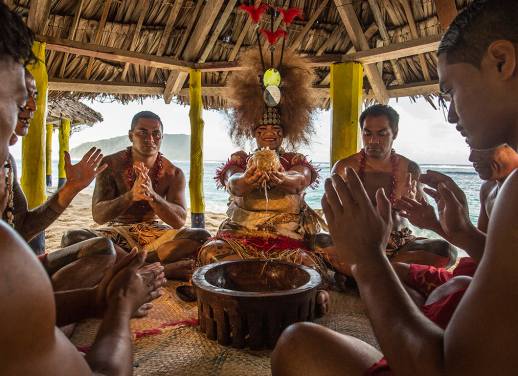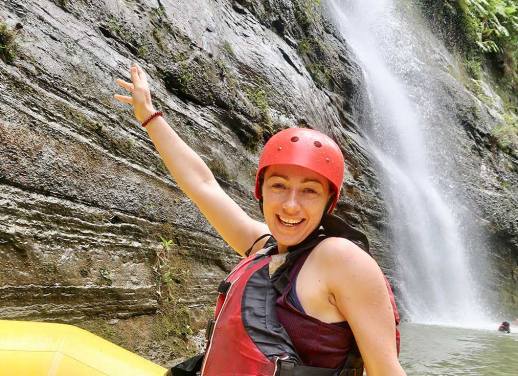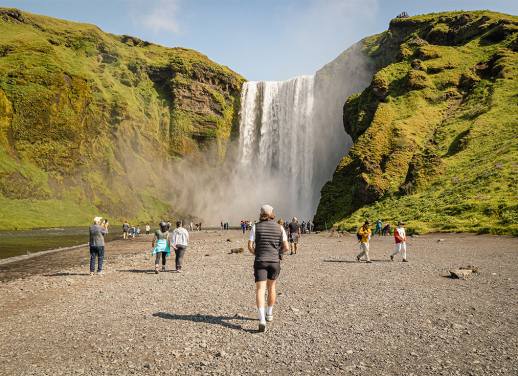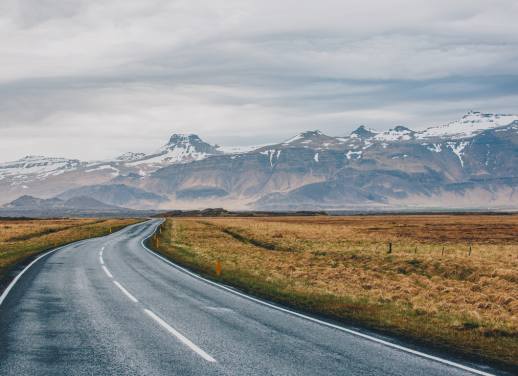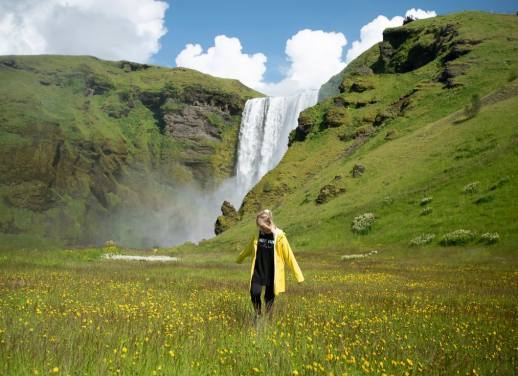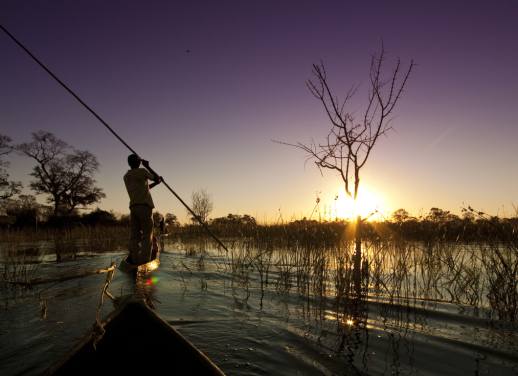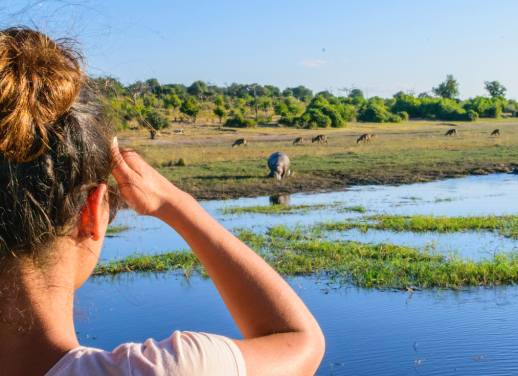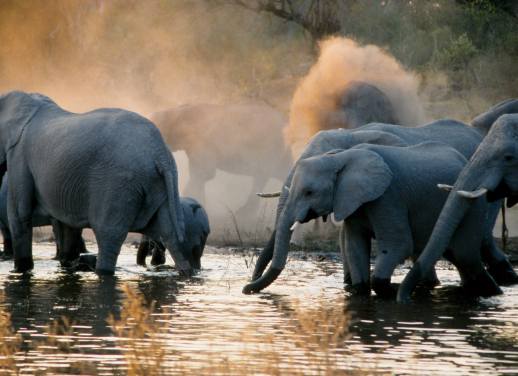Expeditions through tropical jungles, snorkelling over vibrant coral reefs and relaxing on the Mediterranean Sea—Where would you like to stay in May?
It’s hard to narrow down where exactly you should head off to in May when temperatures are warming up, wildflowers are blooming and adventure awaits. Whether you want to take on the beachy nightlife of Indonesia, trek the national parks in the United States or relax on a waterfront villa in Fiji, we’ll help you find the ultimate destination for your May getaway.
1. Greece
Why go? Explore the islands in the shoulder season
Temperature: 24ºC (75ºF) high, 18ºC (64ºF) low
Season: spring
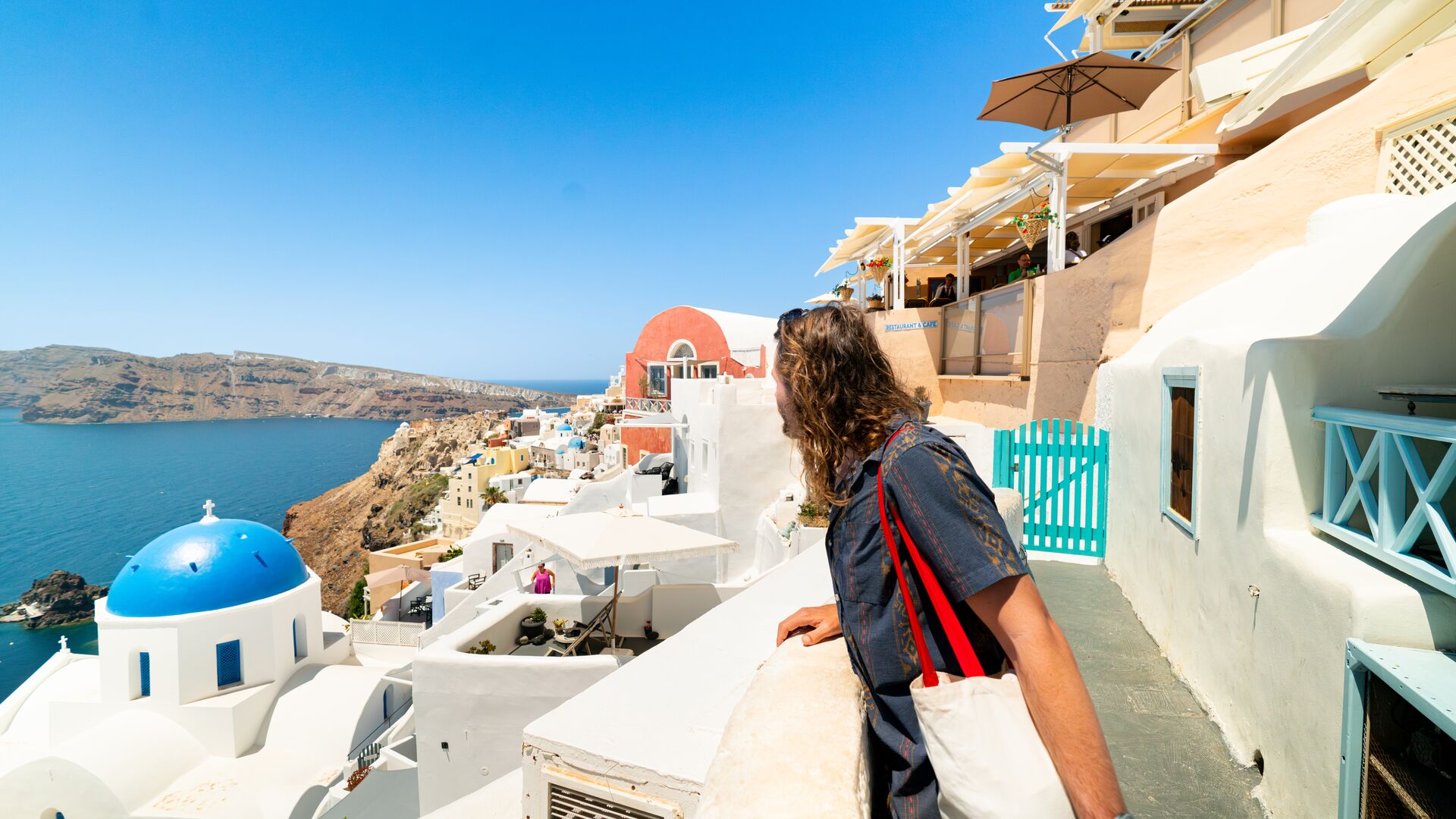
Soaking up the sun on the Mediterranean Sea without the summer crowds? We’ll say ‘yamas’ to that!
Dive into Greece’s stunning scenery, picturesque beaches and ancient ruins without having to zig-zag through tourists in the high season. May is a prime time to hop between the Cyclades Islands and traverse the volcanic rim from Thira to Oia. Delve into Greek mythology with a visit to Delos, the legendary birthplace of Apollo and Artemis.
A vibrant local culture, white villages hugging the cliffs and archaeological remains that echo tales from the past make Greece an essential destination. Plus, everyone should witness a sunset in Santorini at least once in their lives.
2. Indonesia
Why go? Beachy nightlife, temples and tranquillity
Temperature: 32ºC (90ºF) high, 24ºC (75ºF) low
Season: dry
Combine peace, relaxation and adventure with a trip to Indonesia in May. Dry, sunny weather and small crowds provide the best time to visit when you can conquer Mt Batur, snorkel the reefs of Gili T island and enjoy Seminyak’s beachy nightlife without the chaos of the high season.
Venture into Bali Barat National Park’s underwater world, savour authentic local dishes and find tranquillity at Pura Ulun Danu Bratan, a serene Hindu-Buddhist lake temple. Hey, we could all use a little inner peace.
An expert local leader and fewer crowds will create an authentic experience for an intimate and rewarding trip to Indonesia in May.
3. United States National Parks
Why go? Mild temperatures, fewer crowds
Temperature: 24ºC (74ºF) high, 7ºC (45ºF) low
Season: spring
The best time to visit a national park is when temperatures are mild and queues are few. May is an ideal time to strap on the hiking boots and take on the icons of the USA. Marvel at towering sequoias in Yosemite National Park, gaze up at Half Dome, witness thunderous waterfalls and rest up for the next day of adventure in a cosy mountain lodge.
Wildflowers in their full glory may beckon a few tourists but with an Intrepid local leader, you’ll expertly avoid the busiest spots while still seeing the best of the parks. In Yellowstone, you’ll stare in wonder at the iconic Old Faithful Geyser and take a trek with a real-life wolf tracker in Grand Teton.
Utah’s national parks boast rugged red rocks and rewarding hikes, like Zion National Park and its iconic Angel’s Landing and Arches National Park, which boasts unique rock formations.
May will grant you optimal hiking conditions to make the most out of your trip.
4. Turkey
Why go? Hot air balloons in Cappadocia
Temperature: 25ºC (77ºF) high, 20ºC (68ºF) low
Season: spring
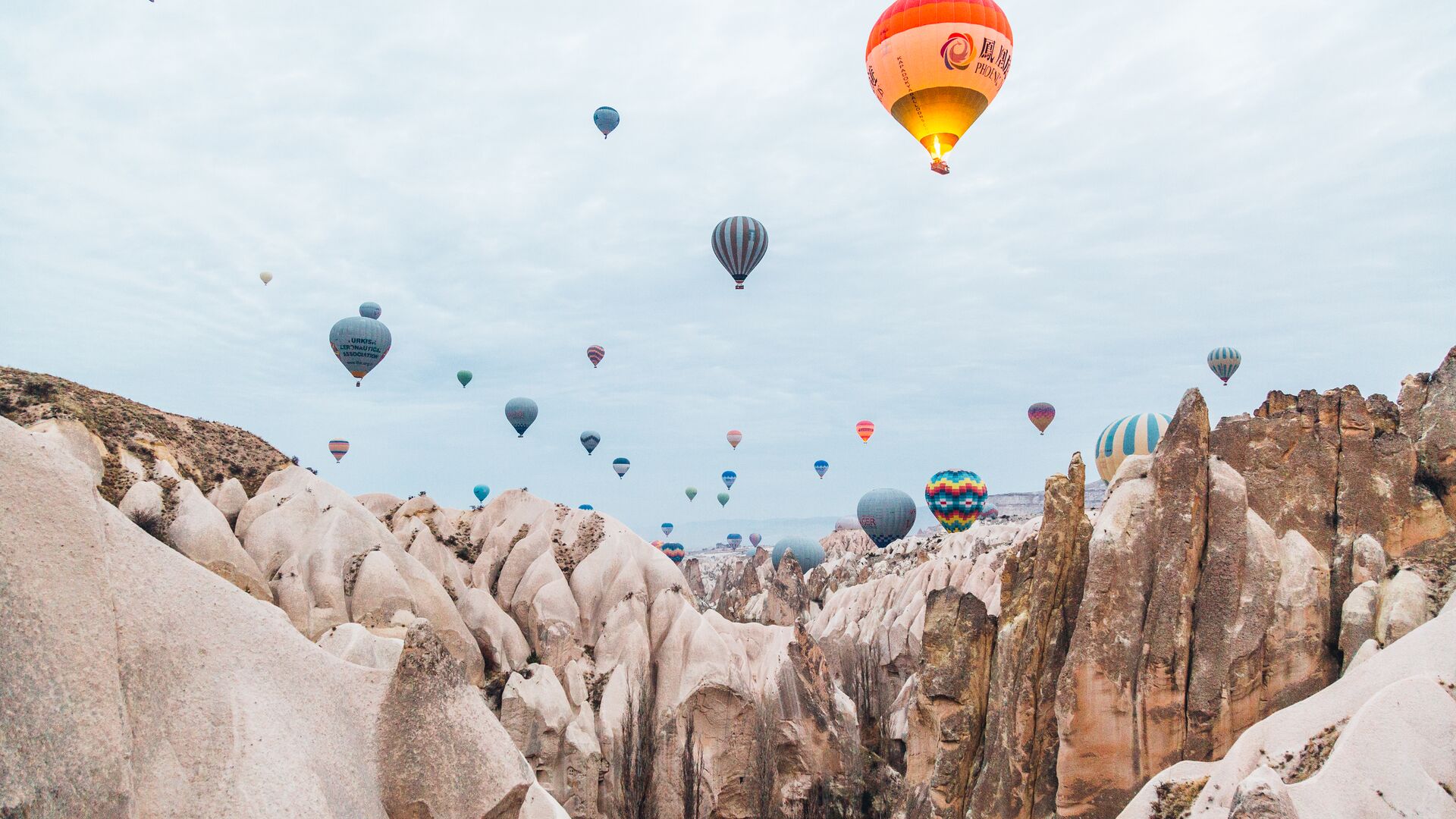
Still looking for a trip you fancy? How about Turkey, a buzzing country that feels like you’re stepping into a mosaic of culture, rich history and charm?
Spring is a lovely time to visit Turkey, when you can enjoy the best of what the country offers without sweltering in unbearable heat. This is arguably the best time to soak up the sun on the Aegean Sea in Kusadasi, visit the ancient city of Ephesus and navigate the warrens of the Grand Bazaar.
With summer on the horizon, the air is just starting to get warm enough to enjoy a sailing trip off the islands of Kekova while not being too toasty to soak in Pamukkale’s hot springs.
If we’ve got you fancying Turkey, your trip would be amiss without experiencing the fairytale that is Cappadocia, where cliff-cut dwellings create unique stays and hot air balloons dot the skyline.
5. Fiji
Why go? Snorkeling in the sun
Temperature: 28ºC (82ºF) high, 21ºC (70ºF) low
Season: dry
Dreaming of tropical air, blue skies and sparkling waters? Fiji in May is nothing short of paradise. It’s the start of the dry season, which grants endless days of sunshine and the perfect temperature to wake up in a traditional waterfront villa.
Cool off in the pristine South Pacific waters and snorkel with untainted views of vibrant coral reefs teeming with colourful tropical wildlife. Feeling adventurous? Plunge into waterholes hidden below waterfalls, kayak along the Rentapo River and ride the rapids of Upper Navua Gorge.
We can also help you relax with sunbaked days on the island of Samoa and traditional fiafia nights with fire dancing and feasting. Whatever your vibe, we’ve got you covered in Fiji.
6. Iceland
Why go? Glaciers, geysers and geothermal wonders (without the crowds)
Temperature: 12ºC (55ºF) high, 5ºC (41ºF) low
Season: spring
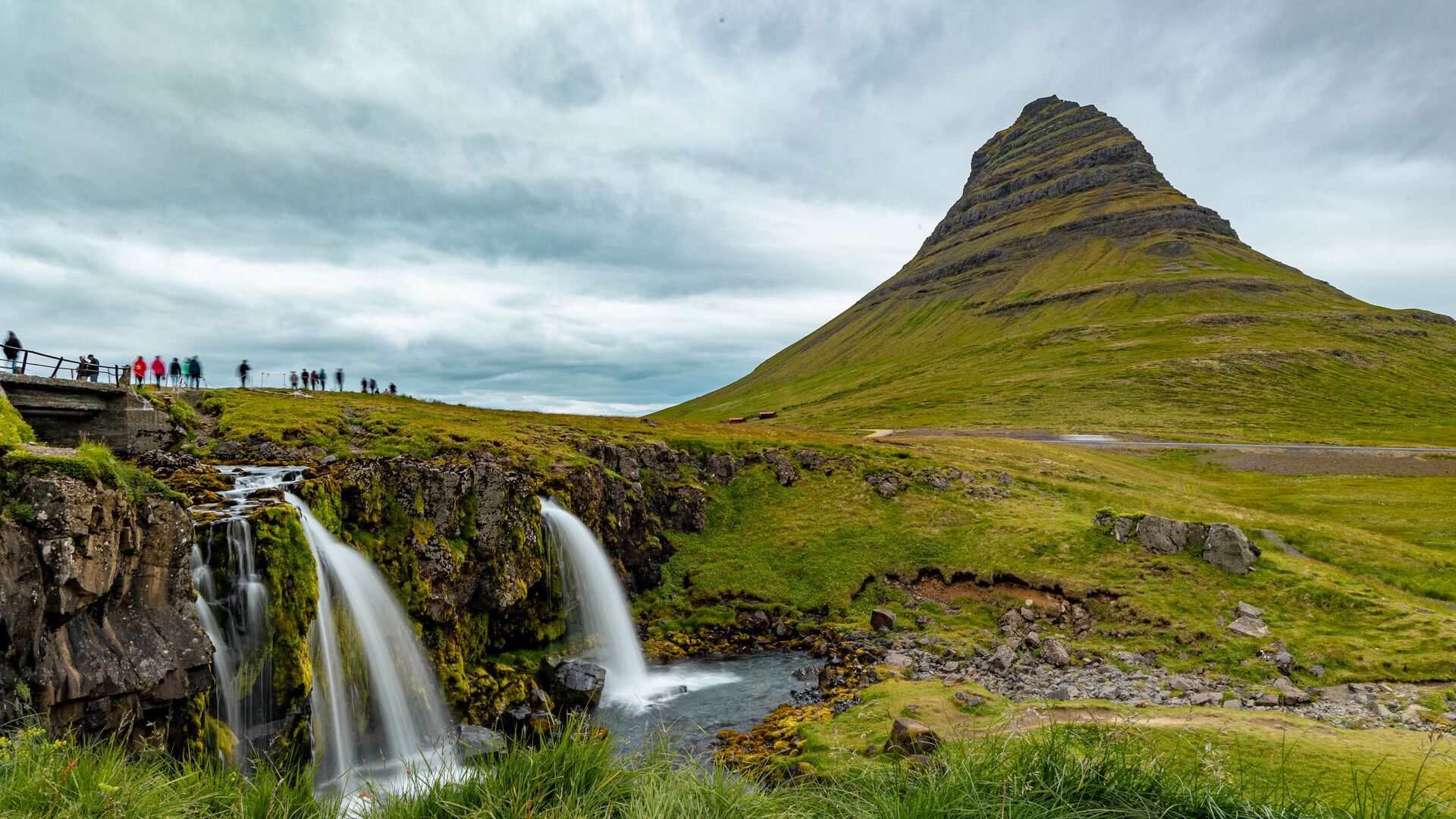
You don’t take a trip to Iceland for the warm weather, so even though you may need to don a few extra layers, May is a great time to go.
Traverse Iceland’s untamed beauty before the crowds roll in with a visit to the black sand beaches of Jokulsarlon Lagoon. With your local leader, you can uncover off-the-beaten-path gems like Gljufrabui and Gluggafoss—two places that aren’t only fascinating to visit but also fun to say.
Warm up from the crisp air in the steamy azure waters of the Blue Lagoon and trek to the iconic Gullfoss Waterfall. As the last of the winter snow melts, you can witness nature in its full raw power.
Iceland may be beautiful year-round, but long days, fewer crowds and lower prices make May an optimal time to experience its wonders.
7. Botswana
Why go? Mild, comfortable weather and peak season for wildlife
Temperature: 28ºC (80ºF) high, 10ºC (50ºF) low
Season: dry
Vast national parks, the world’s largest salt pans and remarkable wildlife put Botswana high on the list of destinations to hit in May. The dry season means comfortable temperatures as you paddle through the Okavango Delta in a traditional dug-out canoe and embark on thrilling game drives through rugged landscapes.
If you think witnessing herds of elephants in the wild will make your jaw drop, imagine staying at a lodge overlooking a watering hole frequented by the gentle giants. Botswana boasts golden sunsets and traveling there with us will grant you the unique experience of life aboard a houseboat and connecting with friendly locals.
Is it a nay for May?
Check out our recommendations on where to travel in April and July.

